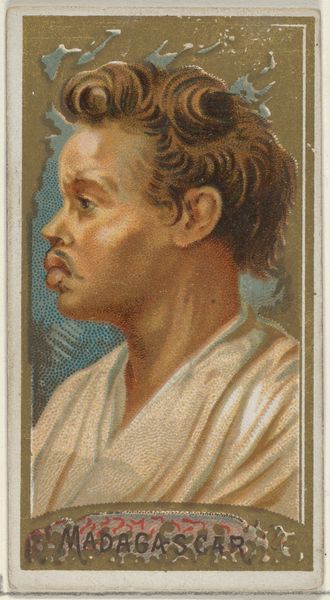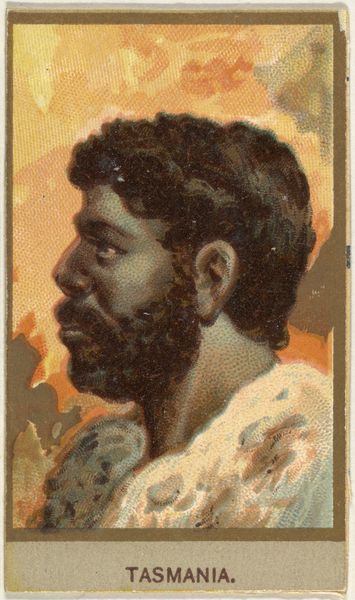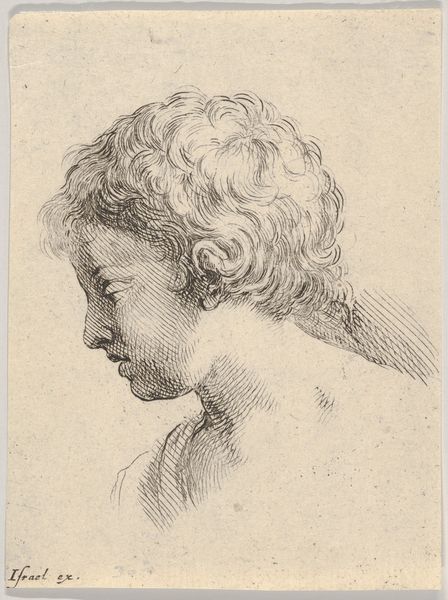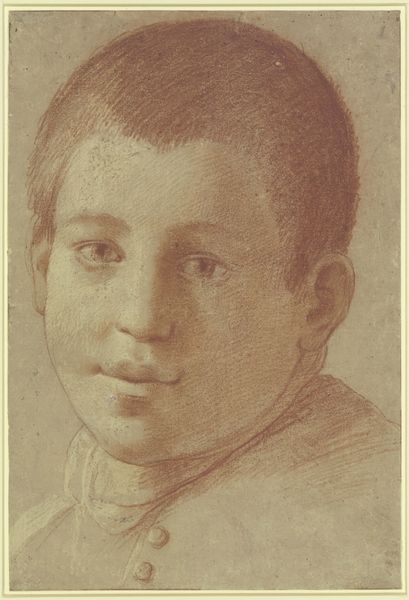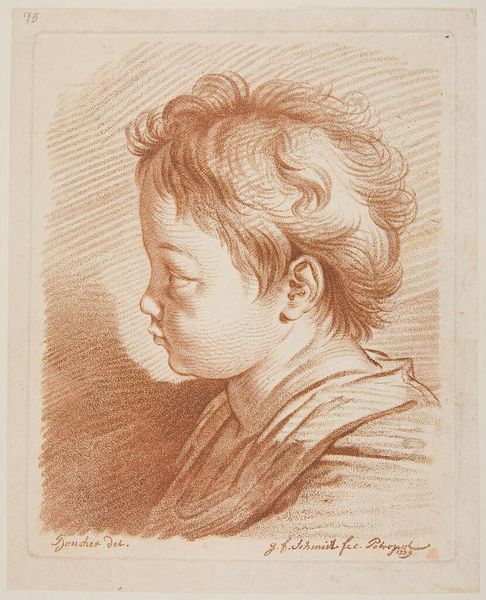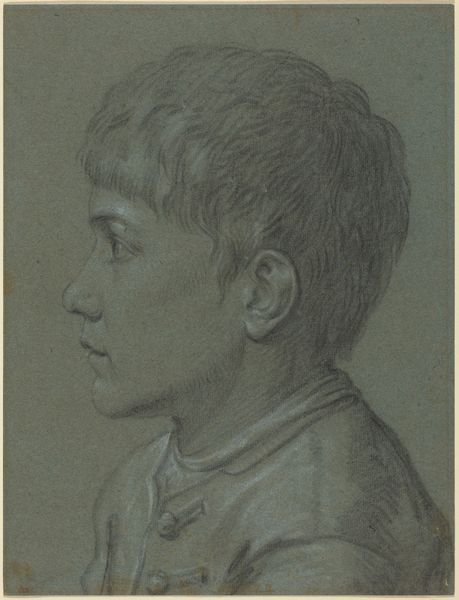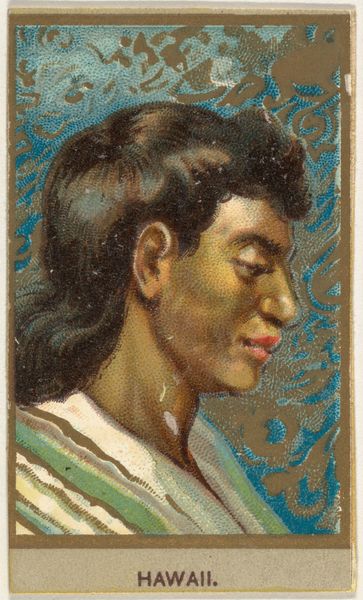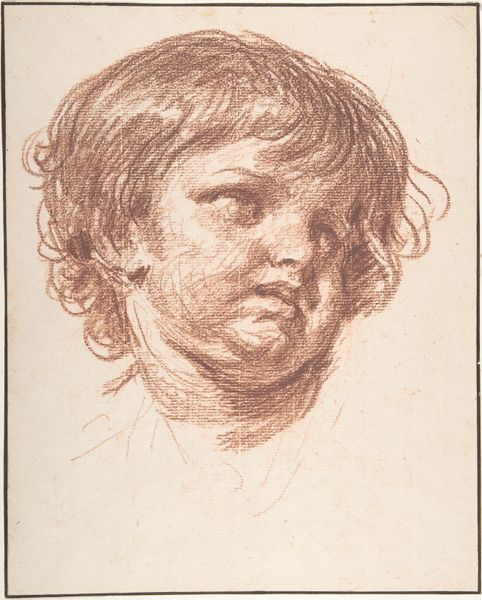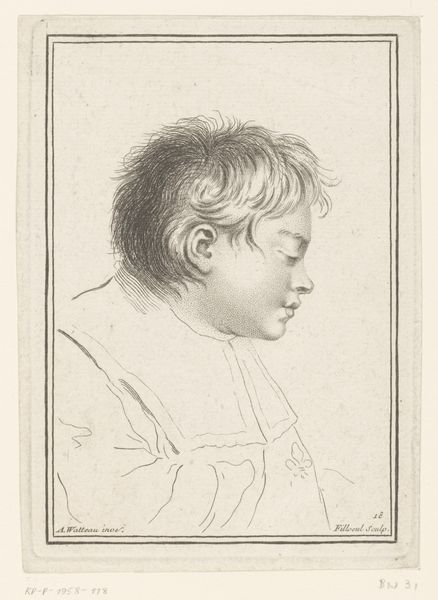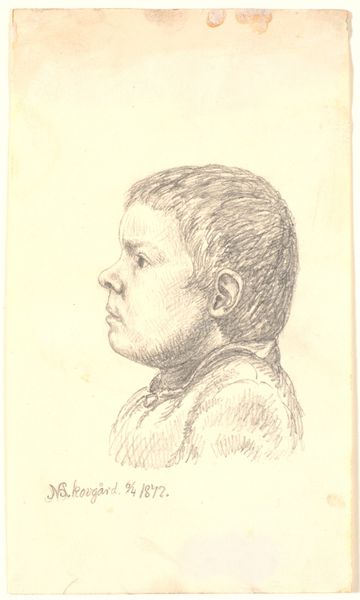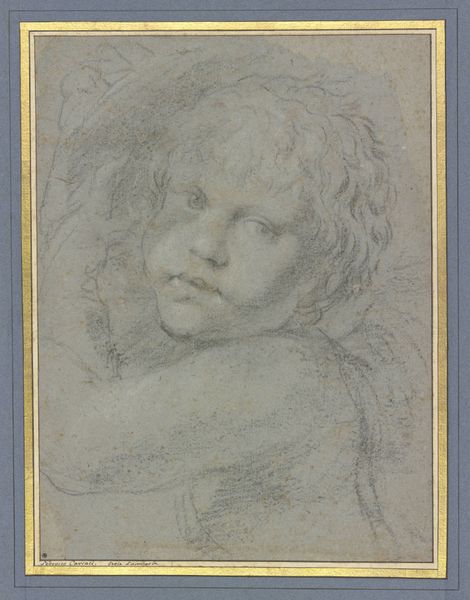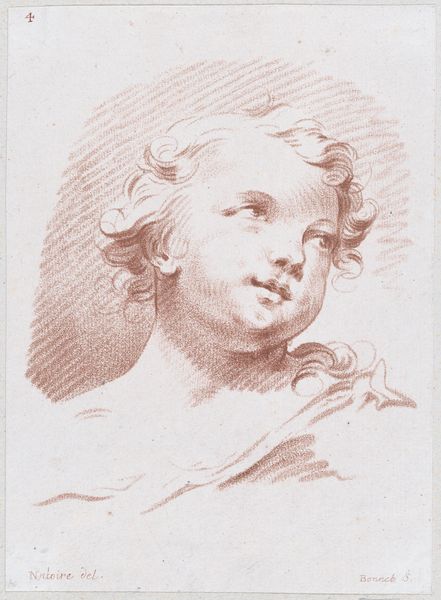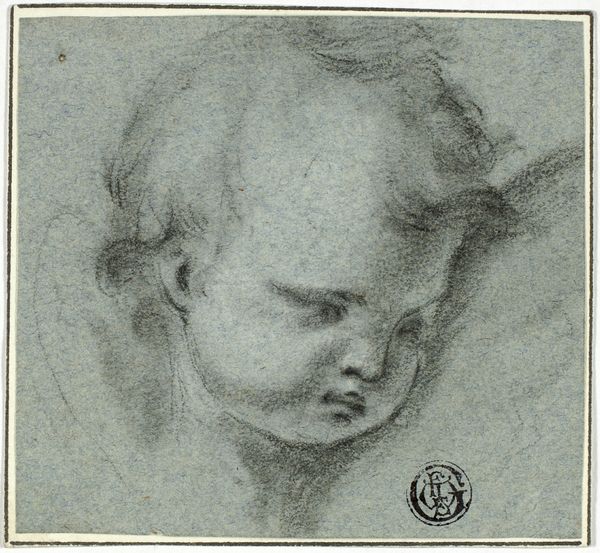
Madagascar, from the Races of Mankind series (T181) issued by Abdul Cigarettes 1881
0:00
0:00
drawing, lithograph, print
#
portrait
#
drawing
#
lithograph
# print
#
orientalism
#
men
#
academic-art
#
portrait art
#
profile
Dimensions: Sheet: 2 3/8 × 1 3/8 in. (6 × 3.5 cm)
Copyright: Public Domain
Editor: Here we have “Madagascar, from the Races of Mankind series” made in 1881. It's a lithograph print by Abdul Cigarettes. What strikes me is how this seemingly scientific rendering flattens an individual into a generalized "type." How would you interpret this image, especially given its origin as a cigarette card insert? Curator: Precisely! These "Races of Mankind" cards, though seemingly ethnographic, were powerful tools in constructing and reinforcing racial hierarchies. How does the artist employ portraiture conventions, like profile views, typically used for rulers or nobility? What effect does this choice have, combined with the title, "Madagascar"? Editor: That's interesting, I hadn't considered that the profile view has historical ties with power! The neutral background makes him a specimen almost. It’s troubling to think of that association packaged with something as banal as cigarettes. Curator: It highlights the casual pervasiveness of colonial ideologies. Consider the role of institutions like museums at the time. These images, distributed widely, normalized a worldview where certain "races" were objectified, studied, and ultimately controlled. It was all part of justifying colonial endeavors. Does understanding the history change your perception of it as art? Editor: Absolutely. I see now that this wasn’t just a portrait, but a deliberate act of portraying power imbalances, a form of propaganda disseminated through everyday consumer goods. Curator: Exactly. And reflecting on how these images circulate even now reminds us of the continuous work of deconstructing those harmful narratives. Editor: I'll definitely look at similar works differently now. This was a real eye-opener about the subtle yet powerful ways art can reflect social and political currents!
Comments
No comments
Be the first to comment and join the conversation on the ultimate creative platform.
